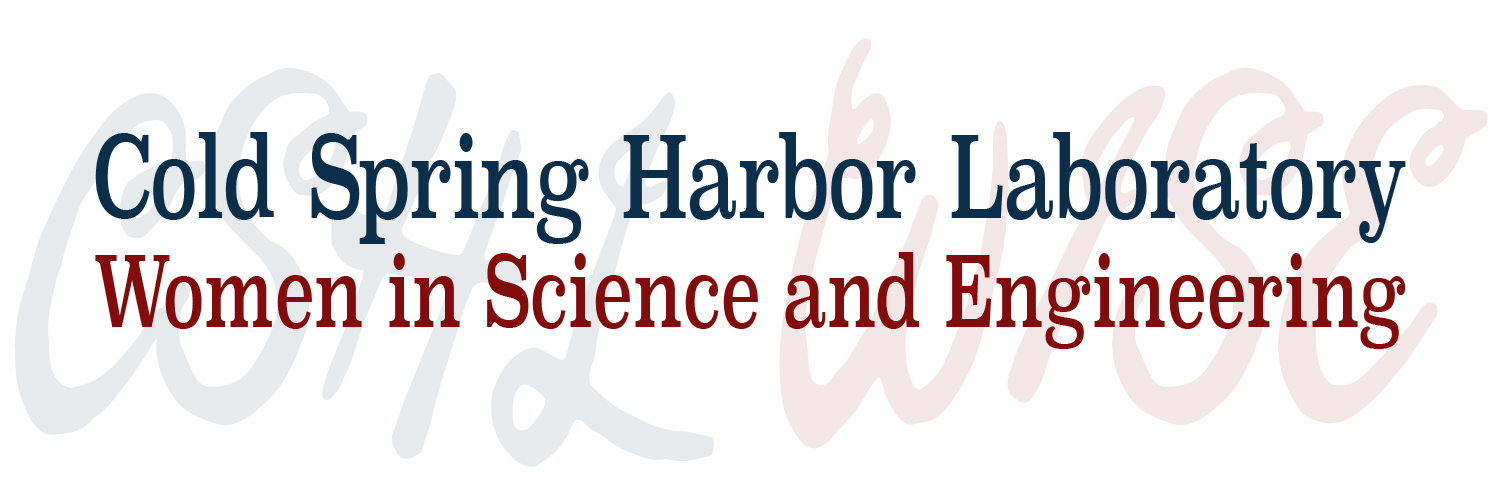
If you want to learn about molecular biology, Dr. Lizabeth Allison is a good person to turn to – she literally wrote the book on it (or at least a couple of them). In addition to writing/editing Fundamental Molecular Biology and Biological Science, Allison studies thyroid hormone receptors as Chancellor Professor of Biology at the College of William & Mary in Virginia, and is the 2020 recipient of the ASBMB’s Ruth Kirschstein Diversity in Science Award.
Hormones are chemical messengers that cells use to communicate throughout the body. There are many types of hormones and most of them never actually enter the cells they target – instead they bind to receptors on cell surfaces and the receptors relay the message throughout the cell. But some types of hormones do go in, and these include thyroid hormones, which are important for, among other functions, controlling growth and energy use. Thyroid hormones don’t just get inside the cell, they go all the way into the nucleus, the membrane-bound compartment where DNA is locked up for protection. There they bind thyroid hormone receptors (TRs), which act as transcription factors – in addition to binding thyroid hormones, TRs bind to DNA to control the expression of various genes.
Typically, TRs bind DNA in the presence or absence of thyroid hormone, but in “different ways” – when thyroid hormone isn’t around, the TR binds with such a shape that gene expression is repressed. But when thyroid hormone binds the receptor, the receptor shape-shifts to help activate expression of the nearby gene(s). But in order for this to happen, the TR has to get into the nucleus. Allison studies how this nuclear localization occurs and how it’s impaired in various cancers and endocrine disorders. Gor example, she showed how a mutation of a TR (called v-ErbA) uncouples its activity from thyroid hormone binding, leading to poorly-controlled gene expression and cancer.
Written texts can often be seen as “dry” and/or “unengaging,” but Allison is developing and researching methods to help students actively engage with text they read. For example, she recently published a paper on a “research box” method to encourage students to summarize and draw connections between points while reading journal articles https://www.asm.org/Articles/2019/August/Creating-Research-Boxes-Helps-Students-Understand
In addition to her scientific prowess, Allison is known and respected for her active advocacy for underrepresented minorities and key mentorship of minority students. This crucial role is often underappreciated, so it is fantastic to see that her efforts are being honored by the American Society of Biochemistry and Molecular Biology (ASBMB) with their Ruth Kirschstein Diversity in Science Award. Allison will accept the award (and give an accompanying speech) at the 2020 ASBMB national conference in San Diego (can’t wait to meet her!)
Other honors Allison has received include being named William & Mary’s advisor of the year for the Arts and Sciences in 2009 and winning William & Mary’s State Council for Higher Education in Virginia Outstanding Faculty Award. She received a BS and a Masters from the University of Alaska, followed by a Ph.D. in Zoology and Molecular and Cellular Biology from the University of Washington in 1989. She taught at the University of Canterbury, New Zealand, and the University of Massachusetts Medical Center before joining the faculty at William & Mary’s in 1997.
